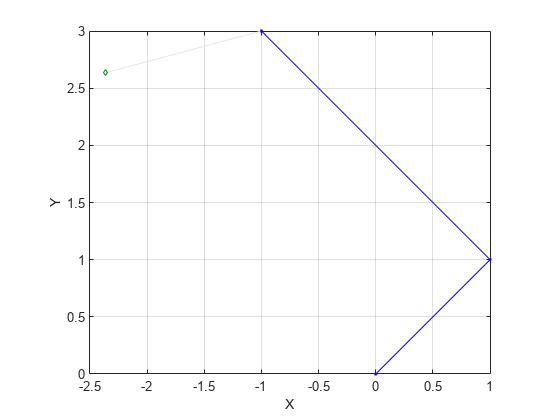nodeEstimates
Poses of nodes in pose graph
Description
measurements = nodeEstimates(poseGraph)
measurements = nodeEstimates(poseGraph,nodeIDs)
